Home>Garden Essentials>Holes In My Dog’s Play Area: What To Fill Them With
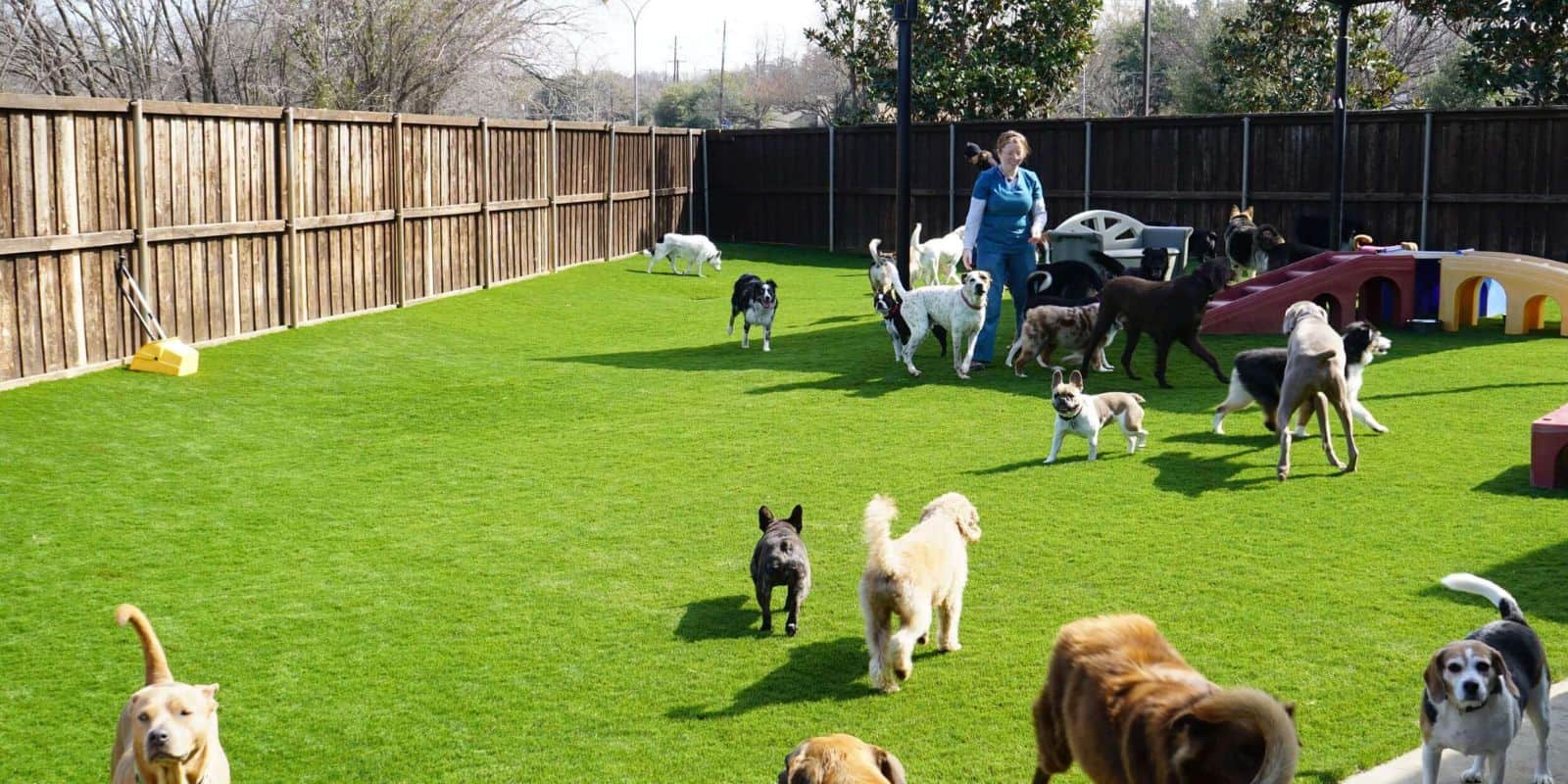

Garden Essentials
Holes In My Dog’s Play Area: What To Fill Them With
Modified: March 7, 2024
Is your dog's play area filled with unsightly holes? Discover what to fill them with to transform your garden into a safe and enjoyable space for your furry friend.
(Many of the links in this article redirect to a specific reviewed product. Your purchase of these products through affiliate links helps to generate commission for Storables.com, at no extra cost. Learn more)
Introduction
Welcome to the wonderful world of dog ownership! As a dog owner, you know how important it is to provide your furry friend with a safe and stimulating environment to play and explore. Dogs love to dig, and it’s not uncommon to find holes scattered throughout their designated play area. While these holes may seem harmless, they can actually pose a number of risks to both your dog and your garden. So, what should you do when you discover holes in your dog’s play area? This comprehensive guide will help you identify the holes, understand the importance of filling them, and provide you with suitable options for filling them.
Identifying and Understanding the Holes
Before you dive into filling the holes, it’s important to first identify and understand why they are there in the first place. Dogs dig for a variety of reasons, including boredom, instinctual behavior, seeking shelter, or even to hide their treasures. By observing your dog’s behavior, you can gain valuable insight into the motive behind their digging habits. This will help guide you in finding the most suitable solution for filling the holes.
Importance of Filling the Holes
While it may be tempting to leave the holes as they are or simply cover them up, it is crucial to fill them properly. Leaving the holes unfilled can pose various risks for both your dog and your garden. Unfilled holes can lead to accidents, such as your dog tripping or injuring themselves while running or playing. Additionally, open holes can become breeding grounds for pests, such as rats or spiders, which can pose a threat not only to your dog but also to your family. Filling the holes not only ensures the safety of your dog but also helps to maintain the aesthetics and functionality of your garden.
Safety Concerns Associated with Unfilled Holes
Unfilled holes can present a range of safety concerns for your dog. For one, they can become a trip hazard, especially if the play area is frequented by children or elderly individuals. Dogs can easily twist an ankle or sustain more serious injuries if they accidentally step into or fall into an uncovered hole. Additionally, open holes can lead to the accumulation of rainwater, causing stagnant pools that can become breeding grounds for mosquitoes and other disease-carrying insects. By filling the holes, you can eliminate these safety risks and provide a secure environment for your furry friend to enjoy.
Suitable Materials for Filling Dog’s Play Area Holes
When it comes to filling the holes in your dog’s play area, it’s important to choose materials that are safe, durable, and non-toxic. There are several options available, including both natural and synthetic fillers. Natural fillers can include materials such as sand, mulch, topsoil, or a mix of these. Synthetic fillers, on the other hand, can include rubber chips, artificial turf, or gravel. Each of these materials has its own advantages and considerations, which we will explore in more detail later in the article.
Options for Natural Fillers
If you prefer natural fillers for your dog’s play area, there are a few options to consider. Sand is a popular choice as it is easily accessible, affordable, and dogs generally enjoy digging in it. Mulch is another option, providing a soft and cushioned surface for your dog to play on. Additionally, topsoil can be used to level the holes and promote healthy grass growth. Depending on your needs and preferences, you can choose one or a combination of these natural fillers to fill the holes in your dog’s play area.
Key Takeaways:
- Filling the holes in your dog’s play area is crucial for their safety, preventing accidents, and maintaining a beautiful garden. Choose suitable materials and regularly maintain the filled areas for a safe and enjoyable play space.
- Understanding your dog’s digging behavior and selecting the right filling material are key to creating a secure and inviting play area. Regular maintenance ensures the longevity and safety of the filled holes, promoting a happy and healthy environment for your furry friend.
Read more: How To Make A Dog Play Area
Identifying and Understanding the Holes
Before you can effectively fill the holes in your dog’s play area, it’s important to first identify the size and depth of the holes and understand the reasons behind your dog’s digging behavior. By doing so, you can address the root cause and ensure that the holes don’t reappear in the future.
Start by assessing the size and depth of the holes. Some holes may be small and shallow, while others may be larger and deeper. Understanding the extent of the holes will help you determine the amount of filling material required.
Next, observe your dog’s behavior in the play area. Try to determine if there are any specific triggers that prompt your dog to dig. Dogs often dig out of boredom, anxiety, or in search of prey. They may also dig to create a cool spot to lie down in hot weather or to bury toys and treats. By understanding your dog’s motivations, you can address them and provide alternative outlets for their energy and instincts.
If your dog is digging out of boredom, make sure they have plenty of mental and physical stimulation to keep them occupied. Provide them with puzzle toys, interactive games, or scheduled playtime to prevent them from getting bored and resorting to digging. If anxiety is the underlying cause, consider implementing training techniques or consulting with a professional dog trainer or behaviorist to help alleviate your dog’s anxiety. Additionally, creating shaded areas or providing a wading pool can help keep your dog cool and discourage them from digging in search of a cool spot.
Once you have identified the size and depth of the holes and understood the reasons behind your dog’s digging behavior, you can take appropriate measures to address them.
If the holes are small and shallow, you may be able to simply fill them with the chosen material without any additional steps. However, if the holes are deeper or there is a recurring digging problem, you may need to reinforce the play area to prevent further digging. This can be done by installing a wire mesh or chicken wire beneath the surface of the play area. The mesh should extend several inches below the ground and be securely fastened to prevent your dog from digging underneath it.
It’s important to note that while filling the holes and addressing the underlying causes of the digging behavior are important steps, it’s also essential to be patient and consistent with your efforts. It may take time for your dog to adapt to the changes and overcome their digging habits. With proper guidance and care, you can create a safe and enjoyable play area for your furry friend.
Importance of Filling the Holes
Discovering holes in your dog’s play area may seem like a minor inconvenience, but it’s important to understand the significance of filling these holes. Filling the holes not only ensures the safety and well-being of your dog but also helps maintain the integrity and functionality of your garden. Here are some key reasons why filling the holes is important:
1. Safety: Unfilled holes in the play area can be hazardous for your dog. Your dog may accidentally step into an uncovered hole and twist their ankle or sustain other injuries. Additionally, open holes can pose a trip hazard for both your dog and anyone else using the play area. By filling the holes, you create a smoother and safer environment for everyone.
2. Prevent Accidental Escape: Dogs are master escape artists, and an unfilled hole can provide a tempting opportunity for them to dig their way out of the play area. By promptly filling the holes, you prevent your dog from escaping and ensure their safety by keeping them within a secure boundary.
3. Protection for Your Garden: Dogs digging in the play area can cause damage to your garden. They may uproot plants, damage irrigation systems, or disturb the overall landscape. Filling the holes helps to preserve the beauty and functionality of your garden by discouraging further digging and preventing potential damage.
4. Pest Control: Unfilled holes can attract pests such as rats, mice, and insects, which can be a nuisance to both you and your dog. These pests can carry diseases and pose health risks to your furry friend. By filling the holes, you eliminate potential nesting spots and reduce the risk of pest infestations.
5. Aesthetics: An unkempt and hole-filled play area can detract from the visual appeal of your garden. By filling the holes, you maintain a neat and well-maintained appearance, enhancing the overall aesthetics of your outdoor space.
6. Prevent Soil Erosion: Dogs digging can lead to soil erosion and displacement of topsoil. This can have a negative impact on the quality of the soil, affecting the growth of plants and grass in your garden. Filling the holes helps prevent soil erosion and ensures the stability of the ground in the play area.
By recognizing the importance of filling the holes in your dog’s play area, you demonstrate your commitment to providing a safe and enjoyable environment for your furry friend. It’s a small but significant step that contributes to the well-being of your dog and the overall maintenance of your garden.
Safety Concerns Associated with Unfilled Holes
Leaving the holes in your dog’s play area unfilled can pose various safety concerns for both your dog and anyone using the space. It’s important to understand these risks and take the necessary steps to address them. Here are some of the safety concerns associated with unfilled holes:
1. Trip and Fall Hazards: Unfilled holes can create trip and fall hazards not only for your dog but also for yourself, family members, or visitors who may use the play area. People walking or running in the area may not notice the holes, leading to accidents and injuries. By filling the holes, you eliminate these potential hazards and create a safer environment for everyone.
2. Potential Dog Injuries: Dogs can easily trip or stumble when running or playing in a play area with uncovered holes. They may injure their paws, legs, or even their spine if they fall into a deep hole. Filling the holes reduces the risk of your dog sustaining injuries and promotes their safety while they enjoy their playtime.
3. Pest Infestations: Unfilled holes can attract pests such as rats, mice, or insects. These pests may burrow into the holes or use them as hiding spots, increasing the risk of infestations in your play area. Some pests can carry diseases that can be harmful to both humans and pets. By filling the holes, you create a barrier that discourages pests from setting up their homes in your play area.
4. Water Accumulation: Unfilled holes can collect rainwater, creating pools or puddles. These stagnant water bodies can become breeding grounds for mosquitoes and other water-borne insects, increasing the risk of diseases like West Nile virus or dengue fever. Filling the holes prevents water accumulation and eliminates potential mosquito breeding grounds.
5. Property Damage: Dogs digging in unfilled holes may cause damage to your property. For example, they may accidentally dig near utility lines, irrigation systems, or plant roots, leading to costly repairs or damage to your garden. Filling the holes helps protect your property and prevents any potential damage caused by digging.
6. Security and Escape Risks: Unfilled holes can provide an escape route for your dog. They may dig under fences or barriers, leading to potential security breaches. Filling the holes ensures that your dog remains within the designated play area and reduces the risk of them escaping and getting lost or injured.
By understanding the safety concerns associated with unfilled holes, you can take proactive measures to address them and create a secure and risk-free play environment for your dog. Regularly inspecting the play area and promptly filling any holes that appear will help ensure the safety and well-being of both your dog and anyone using the space.
Suitable Materials for Filling Dog’s Play Area Holes
When it comes to filling the holes in your dog’s play area, choosing the right materials is essential. You want to select materials that are safe, durable, and non-toxic for your furry friend. Here are some suitable options for filling the holes:
1. Sand: Sand is a popular choice for filling dog play area holes. It is readily available and dogs generally enjoy digging in it. Make sure to use clean, filtered sand that is free from any harmful substances or contaminants. Fill the holes with sand and level it out to create a smooth surface for your dog to play on.
2. Mulch: Mulch is another natural option for filling holes in your dog’s play area. It provides a soft and cushioned surface, which can be beneficial if your dog is prone to rough play or jumping. Organic mulch, such as wood chips or bark, is a good choice as it is non-toxic and eco-friendly. Avoid using cocoa mulch, as it can be toxic to dogs if ingested.
3. Topsoil: If the holes in your dog’s play area have caused uneven ground or patches of bare soil, adding topsoil can be a practical solution. Topsoil not only fills the holes but also promotes healthy grass growth. Use a rake to level the topsoil and ensure that it is securely packed to create a stable surface for your dog to run and play on.
4. Rubber Chips: Synthetic fillers like rubber chips are a popular choice for filling dog play area holes. These rubber granules provide excellent shock absorption, making them ideal for areas where dogs engage in active play. Rubber chips are also durable and long-lasting. However, it’s important to use rubber chips specifically designed for pet use to ensure they are non-toxic and safe for your dog.
5. Artificial Turf: Artificial turf is an alternative to natural grass that can be used to fill holes in the play area. It creates a low-maintenance surface that is resistant to digging and wear and tear. Artificial turf is easy to clean and provides a consistent playing surface for your dog. Make sure to choose a pet-friendly artificial turf that is non-toxic and properly installed to prevent any tripping hazards.
6. Gravel: Gravel can be used as a filler for dog play area holes, especially if you prefer a more natural look. It provides a stable surface and allows for proper drainage. However, keep in mind that gravel may not be suitable for dogs that enjoy digging, as they might be tempted to dig in the gravel-filled areas. Use larger-sized gravel to prevent your dog from swallowing it or getting it stuck in their paws.
It’s important to consider the specific needs and preferences of your dog when selecting the filling material. Some dogs may enjoy the texture of sand or the cushioning effect of mulch, while others may prefer a more stable surface like artificial turf or gravel. By choosing the right material, you can create a comfortable and enjoyable play area for your furry friend.
Read more: How To Keep Dogs Out Of Child’s Play Area
Options for Natural Fillers
When it comes to filling the holes in your dog’s play area with natural materials, there are several options to consider. These natural fillers provide a safe and eco-friendly solution that can enhance your dog’s play experience. Here are some popular options for natural fillers:
1. Sand: Sand is a commonly used natural filler for dog play areas. It provides a soft and inviting texture that dogs enjoy digging in. Opt for fine, clean sand that is free from any contaminants. Fill the holes with sand and level it out to create a smooth surface for your dog to play on. Keep in mind that sand may need periodic replenishment as dogs may displace or scatter it during play.
2. Mulch: Mulch is another natural filler that can be used to fill holes in your dog’s play area. Wood chips or bark mulch are popular options as they provide a soft and cushioned surface. Organic mulch is generally safe for dogs, but avoid using cocoa mulch, as it can be toxic if ingested. Spread a layer of mulch over the holes and ensure it is evenly distributed for a comfortable and natural feel.
3. Topsoil: If the holes in your dog’s play area have caused uneven ground or patches of bare soil, adding topsoil can be an effective solution. Topsoil not only fills the holes but also promotes the healthy growth of grass. Use a rake to level the topsoil and ensure that it is securely packed to create a stable surface for your dog to run and play on. Regular maintenance and watering may be necessary to ensure proper grass growth.
4. Grass Seed or Sod: If the holes have resulted in bare patches of soil, you can opt for grass seed or sod to fill the areas. Grass seed can be spread over the holes and then watered regularly until the grass grows. Alternatively, you can lay sod over the holes for an instant green cover. This natural filler not only fills the holes but also provides a lush and natural playing surface for your dog.
5. Combination of Materials: Depending on the size and depth of the holes, you can also create a combination of natural fillers. For example, you can start by filling the bottom of the hole with sand for stability, top it with a layer of topsoil for grass growth, and finish with a layer of mulch to provide a soft surface. Experimenting with different combinations can help you find the perfect natural filler mix for your dog’s play area.
When using natural fillers, keep in mind that regular maintenance is important. Rake and even out the fillers as needed, replenish any displaced material, and monitor the condition of the grass or mulch to ensure your dog’s play area remains safe and enjoyable. By utilizing natural fillers, you can create a comfortable and environmentally friendly play area for your furry friend.
Fill holes in your dog’s play area with a mixture of topsoil and grass seed to promote regrowth. This will help prevent your dog from digging in the same spot again.
Options for Synthetic Fillers
If you prefer synthetic fillers for filling the holes in your dog’s play area, there are several options to consider. Synthetic fillers offer durability, low maintenance, and a consistent playing surface. Here are some popular options for synthetic fillers:
1. Rubber Chips: Rubber chips are a common choice for synthetic fillers in dog play areas. Made from recycled rubber, these chips provide excellent shock absorption and cushioning, making them ideal for active play. They are durable, resistant to weather conditions, and long-lasting. Rubber chips also have the added benefit of being non-toxic and safe for your dog. Make sure to choose rubber chips specifically designed for pet use to ensure their safety.
2. Artificial Turf: Artificial turf is a synthetic option that can provide a low-maintenance and aesthetically pleasing surface for your dog’s play area. It creates a consistent playing surface that is resistant to digging and wear and tear. Artificial turf is durable, requires minimal upkeep, and provides good drainage. Choose a pet-friendly artificial turf that is non-toxic and properly installed to ensure it is safe for your dog.
3. Gravel: Gravel can be used as a synthetic filler for dog play area holes, especially if you prefer a more natural and rustic look. It provides a stable surface and allows for proper drainage. However, keep in mind that gravel may not be suitable for dogs that enjoy digging, as they may be tempted to dig in the gravel-filled areas. Choose larger-sized gravel to prevent your dog from swallowing it or getting it stuck in their paws.
4. Composite Filling Materials: Composite filling materials are a synthetic blend of materials designed specifically for filling dog play area holes. These materials often combine rubber chips, sand, and other components to create a durable and versatile filling option. Composite materials offer a balance of cushioning, stability, and drainage. They are typically non-toxic and low in maintenance.
5. Interlocking Tiles: Interlocking tiles are another synthetic option that can be used to fill holes in your dog’s play area. These tiles are made of durable materials and provide a stable and comfortable surface for your dog to play on. They are easy to install and clean, making them a convenient choice for busy dog owners. Interlocking tiles come in various designs and can be customized to fit the size and shape of the play area.
When choosing synthetic fillers, consider factors such as your dog’s play behavior, the amount of maintenance you are willing to do, and the overall aesthetic you desire. Each synthetic filler option has its own advantages and considerations, so choose the one that best suits your needs and preferences.
Remember to regularly inspect and clean the synthetic fillers to ensure they remain in good condition. This will help maintain a safe and inviting play area for your furry friend.
Pros and Cons of Different Filling Materials
When it comes to filling the holes in your dog’s play area, there are various materials to choose from. Each material has its own set of advantages and considerations. Here, we will explore the pros and cons of different filling materials:
Sand:
- Pros: Sand provides a soft texture that dogs enjoy digging in. It is readily available and affordable. Sand is easy to level and offers good drainage.
- Cons: Sand may get scattered or displaced during play and require periodic replenishment. It can also become muddy after rain or watering.
Mulch:
- Pros: Mulch creates a comfortable and cushioned surface for dogs. It is a natural option that is safe and environmentally friendly. Mulch also helps with moisture retention in the soil.
- Cons: Some types of mulch, such as cocoa mulch, can be toxic if ingested. Mulch may require occasional replenishment as it breaks down over time.
Topsoil:
- Pros: Topsoil allows for healthy grass growth, which provides a natural and aesthetically pleasing play surface. It helps level the area and prevent erosion.
- Cons: Topsoil may require regular maintenance, including watering and reseeding. It can also be more prone to erosion and displacement during heavy rain or play.
Rubber Chips:
- Pros: Rubber chips offer excellent shock absorption and cushioning, minimizing the risk of injuries during play. They are durable, weather-resistant, and non-toxic. Rubber chips also require minimal maintenance.
- Cons: Rubber chips can retain heat, making them hot to the touch in extreme weather. They may have a distinct odor, especially when new.
Artificial Turf:
- Pros: Artificial turf provides a low-maintenance and consistently green playing surface. It is resistant to digging, wear, and tear. Artificial turf offers good drainage and durability.
- Cons: Artificial turf can become hot in direct sunlight, leading to discomfort for dogs. It may require occasional cleaning to prevent odors and bacteria buildup.
Gravel:
- Pros: Gravel offers good drainage and stability. It provides a natural and rustic look. It is also relatively low maintenance and durable.
- Cons: Dogs that like to dig may be tempted to dig in gravel-filled areas. Smaller-sized gravel can be a choking hazard or get lodged between your dog’s paw pads.
Consider your dog’s preferences, play behavior, and your specific needs when choosing the filling material. Additionally, proper maintenance and regular inspections are essential to ensure the safety and longevity of the chosen material. By weighing the pros and cons, you can make an informed decision and create a safe and enjoyable play area for your furry friend.
Step-by-Step Guide to Filling Holes in the Dog’s Play Area
Here is a step-by-step guide to help you effectively fill the holes in your dog’s play area:
1. Gather Materials: Collect the necessary materials for filling the holes based on your chosen filler, such as sand, mulch, topsoil, rubber chips, or artificial turf. Ensure that you have enough filling material to adequately cover the holes.
2. Clean and Prepare the Holes: Clear any debris, rocks, or loose dirt from the holes. Use a rake or shovel to carefully level the area surrounding the holes, ensuring a smooth surface for filling.
3. Fill the Holes: Begin filling the holes with your chosen material. Pour or scoop the filling material into the holes, ensuring that it reaches all the way to the bottom. Use a shovel or your hands to level the material and pack it down firmly. Continue filling each hole until they are completely filled and the surface is even with the surrounding area.
4. Level and Compact: Use a rake or hand tamper to level the filled material and compact it further. This will help create a stable and even surface for your dog to play on. Ensure that the surface is smooth and free of any loose or uneven areas.
5. Water and Settle: If you have used materials such as topsoil or grass seed, water the filled holes thoroughly to help the material settle and promote growth. Follow the specific instructions for watering to encourage proper soil hydration and seed germination.
6. Monitor and Replenish (if needed): Regularly inspect the filled holes to ensure that the material remains intact and properly leveled. Depending on the material used and your dog’s activity level, some displacement or wear may occur over time. Replenish the material as needed to maintain a smooth and safe play surface.
7. Regular Maintenance: Routine maintenance is crucial to keep the filled holes in good condition. Remove any debris, leaves, or pet waste from the play area regularly to prevent them from accumulating and potentially causing damage to the filling material. Additionally, water any grass or plants in the play area as needed to maintain a healthy and green environment.
By following these step-by-step instructions, you can effectively fill the holes in your dog’s play area and create a safe and enjoyable space for them to play and explore.
Maintenance Tips for Filled Holes
Now that you have successfully filled the holes in your dog’s play area, it’s important to implement regular maintenance to ensure the longevity and safety of the filled areas. Here are some maintenance tips to keep in mind:
1. Inspect Regularly: Regularly inspect the filled holes to check for any signs of displacement or wear. Look for any areas that may have become uneven or need additional filling. Promptly address any issues to maintain a smooth and safe play surface for your dog.
2. Replenish as Needed: Depending on the material used and your dog’s activity level, some displacement or thinning of the filling material may occur over time. Replenish the material as needed to ensure adequate coverage and a consistent playing surface. This may involve adding more sand, mulch, or other filling materials to the affected areas.
3. Remove Debris and Pet Waste: Regularly remove debris, leaves, or other unwanted materials from the filled areas. These can accumulate and potentially cause damage to the filling material or create an unpleasant environment for your dog. Additionally, promptly clean up any pet waste to maintain cleanliness and hygiene.
4. Water and Maintain Grass (if applicable): If you have filled the holes with topsoil and grass seed, water the areas regularly to encourage proper growth. Follow the specific watering instructions for the grass seed to promote germination and establishment. Monitor the grass growth and address any thinning or bare patches promptly.
5. Address Weed Growth: Keep an eye out for any weed growth in the filled areas. Weeds can compete with grass or other plants, affecting their growth and aesthetic appeal. Pull out any weeds as soon as they appear to maintain a clean and healthy play area.
6. Consider Seasonal Adjustments: Depending on the climate and seasonal changes in your area, you may need to make adjustments to the maintenance routine. For example, during dry periods, you may need to water the filled areas more frequently to prevent drying out or the grass from wilting.
7. Pet-Friendly Pest Control: Implement pet-friendly pest control measures to prevent infestations of pests like fleas, ticks, or mosquitoes. Regularly check your dog for any signs of pests and consult with your veterinarian for appropriate prevention methods. Avoid using pesticides or chemicals that may be harmful to your dog or the environment.
8. Provide Adequate Shade and Water: Ensure that your dog’s play area has sufficient shade and access to clean water. Providing shade helps prevent overheating, especially if you have filled the holes with materials that may retain heat, such as rubber chips or artificial turf.
9. Regularly Evaluate and Adjust: Continuously evaluate the condition of the filled holes and the overall play area. Consider your dog’s needs, behavior, and any changes in the environment. Make adjustments to the filling material or maintenance routine as necessary to ensure the ongoing safety and satisfaction of your dog.
By following these maintenance tips, you can ensure that the filled holes in your dog’s play area remain in good condition, providing a safe and enjoyable space for your furry friend to play and explore.
Conclusion
Ensuring a safe and engaging play area for your dog is essential for their well-being and happiness. By understanding the importance of filling the holes in your dog’s play area, you can create a secure and inviting space that promotes both their safety and the overall aesthetics of your garden. Identifying and understanding the holes, along with addressing the underlying causes of your dog’s digging behavior, is the first step in finding the most suitable solution for filling the holes.
Consider the advantages and considerations of different filling materials, whether natural or synthetic, to select the option that best meets your dog’s needs and preferences. Sand, mulch, topsoil, rubber chips, artificial turf, or gravel each have their own unique properties that can contribute to a safe and enjoyable play area for your furry friend.
Remember to regularly inspect and maintain the filled areas to address any displacement, wear, or weed growth. Promptly replenish the filling material as needed and remove debris or pet waste to ensure cleanliness and hygiene. If you have chosen to fill holes with grass seed or sod, take care to water and maintain the grass regularly for healthy growth.
By following these guidelines and implementing regular maintenance, you can create a play area that not only provides a safe and stimulating environment for your dog but also enhances the appearance and functionality of your garden. From promoting safety and preventing accidents to controlling pests and preserving the beauty of your outdoor space, filling the holes in your dog’s play area is an important aspect of responsible pet ownership.
With proper attention and care, you can create a play area where your dog can happily run, dig, and explore without causing harm to themselves or your garden. Remember, an engaging play space for your dog not only benefits their physical and mental well-being but also strengthens the bond between you and your beloved furry companion.
Frequently Asked Questions about Holes In My Dog's Play Area: What To Fill Them With
Was this page helpful?
At Storables.com, we guarantee accurate and reliable information. Our content, validated by Expert Board Contributors, is crafted following stringent Editorial Policies. We're committed to providing you with well-researched, expert-backed insights for all your informational needs.
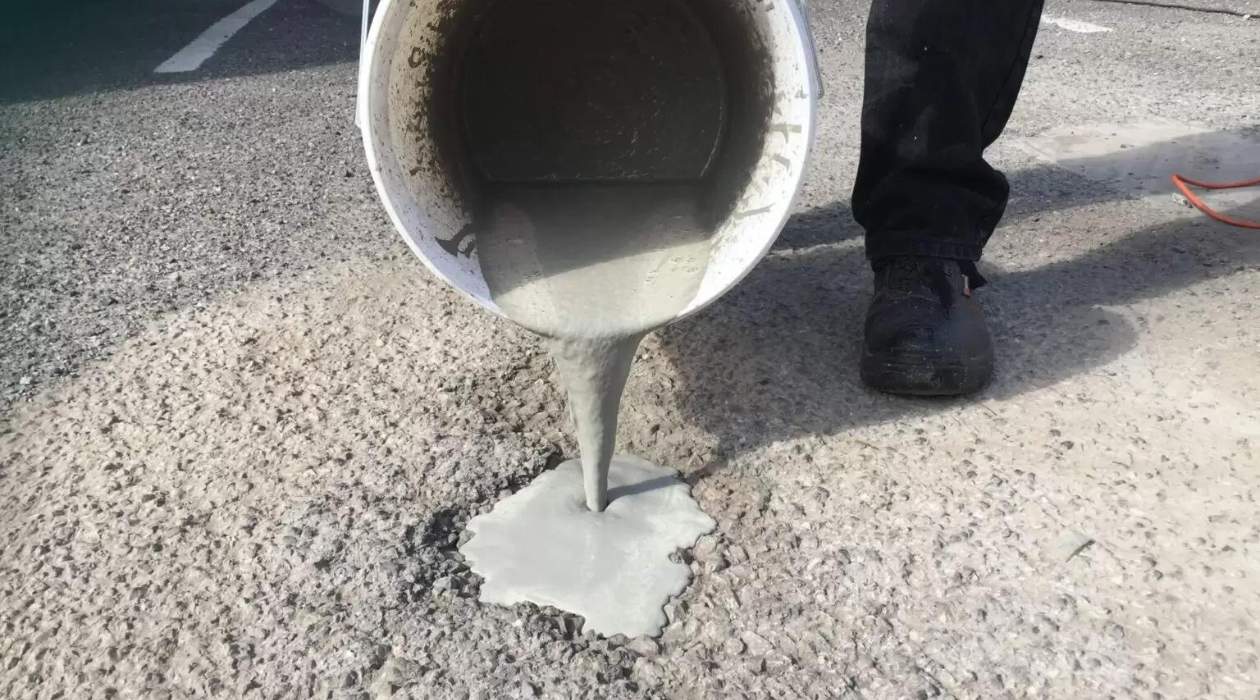
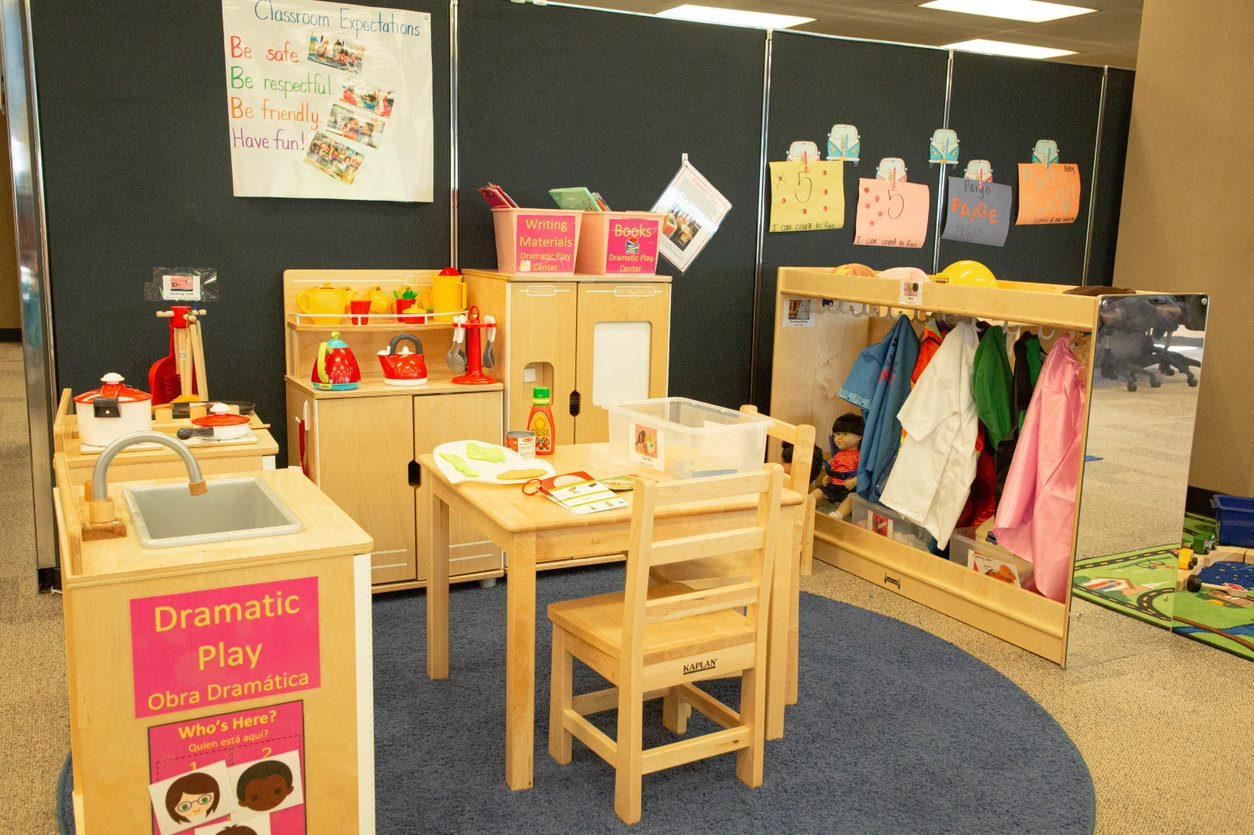
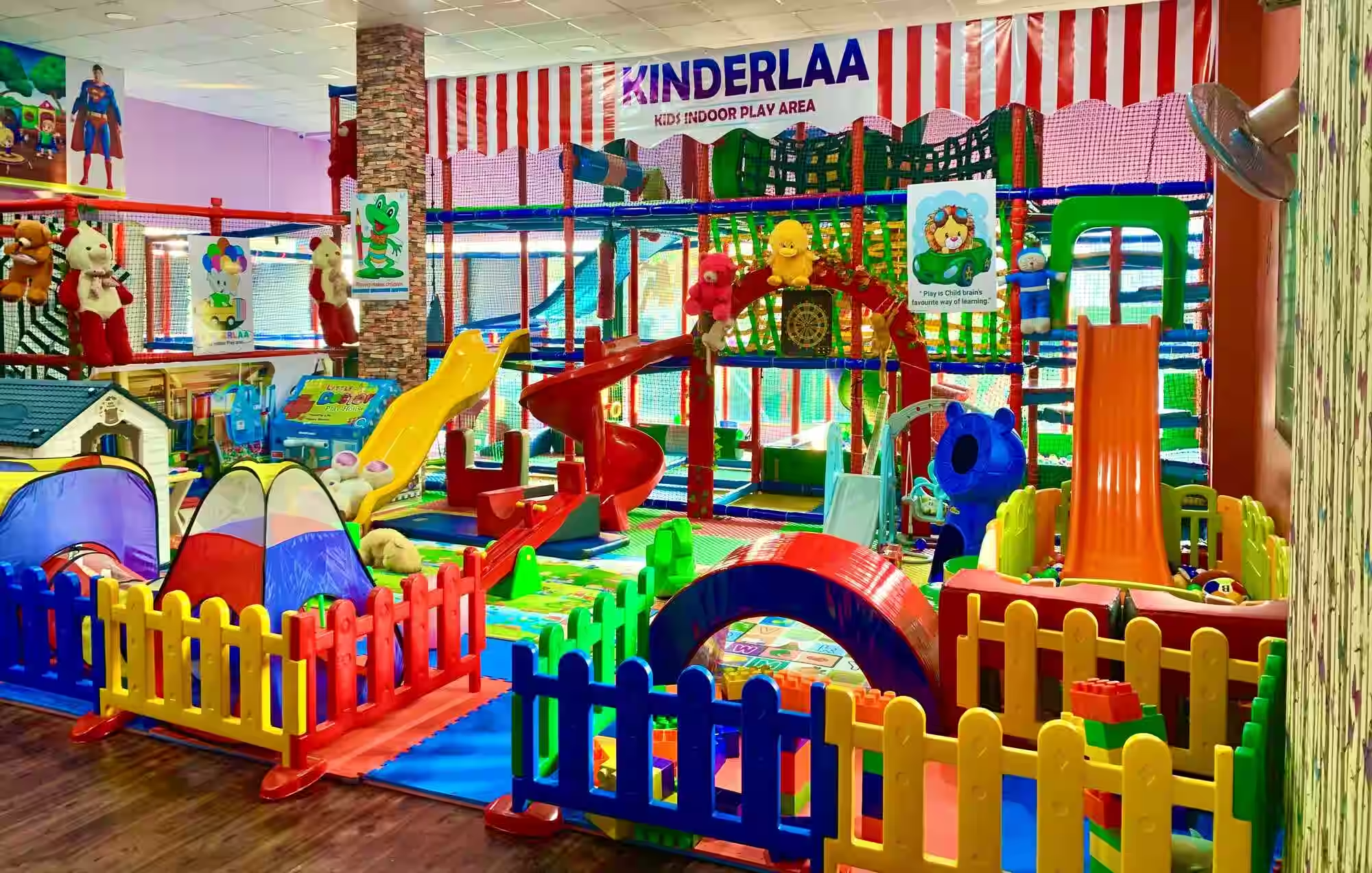
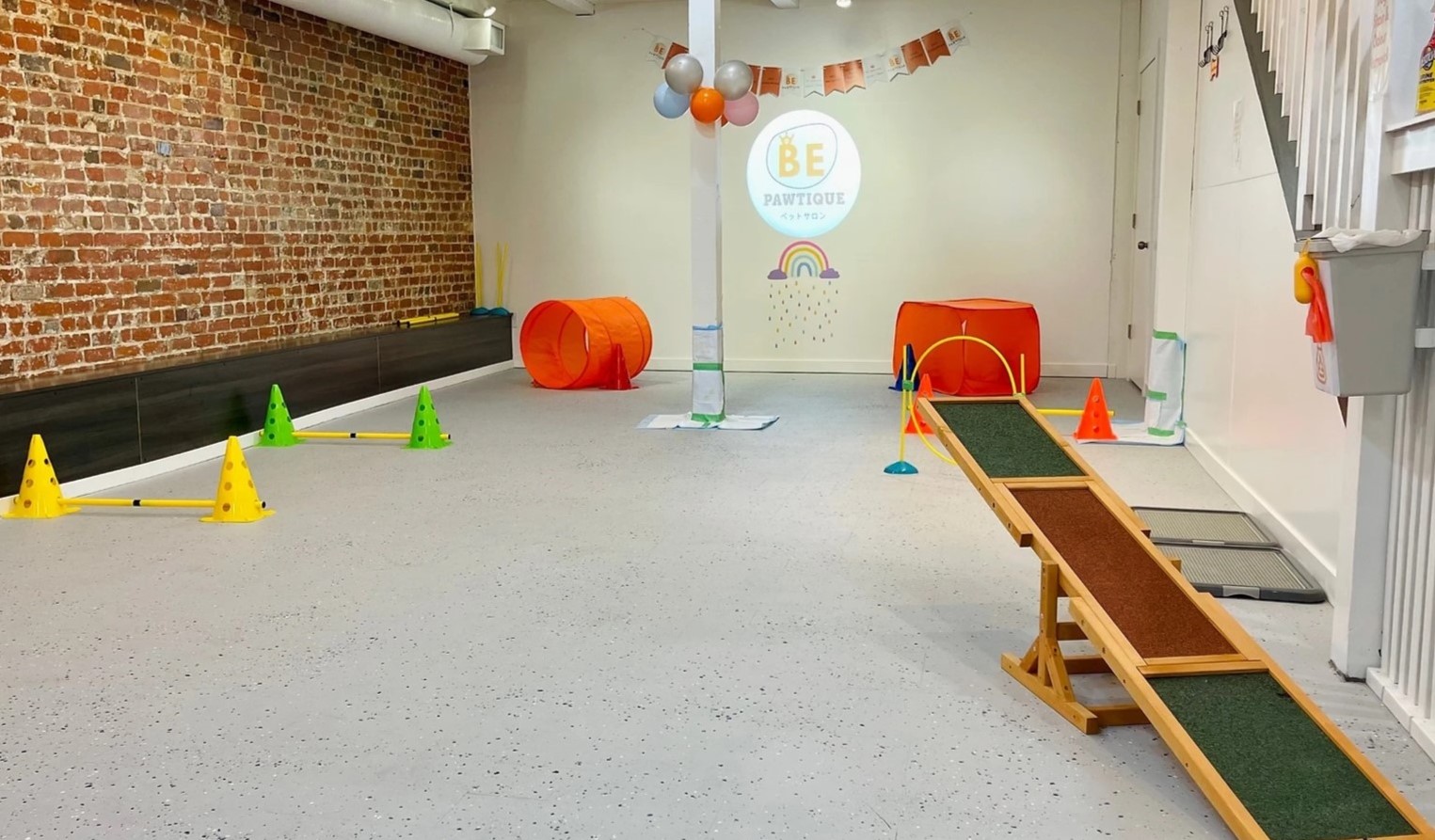
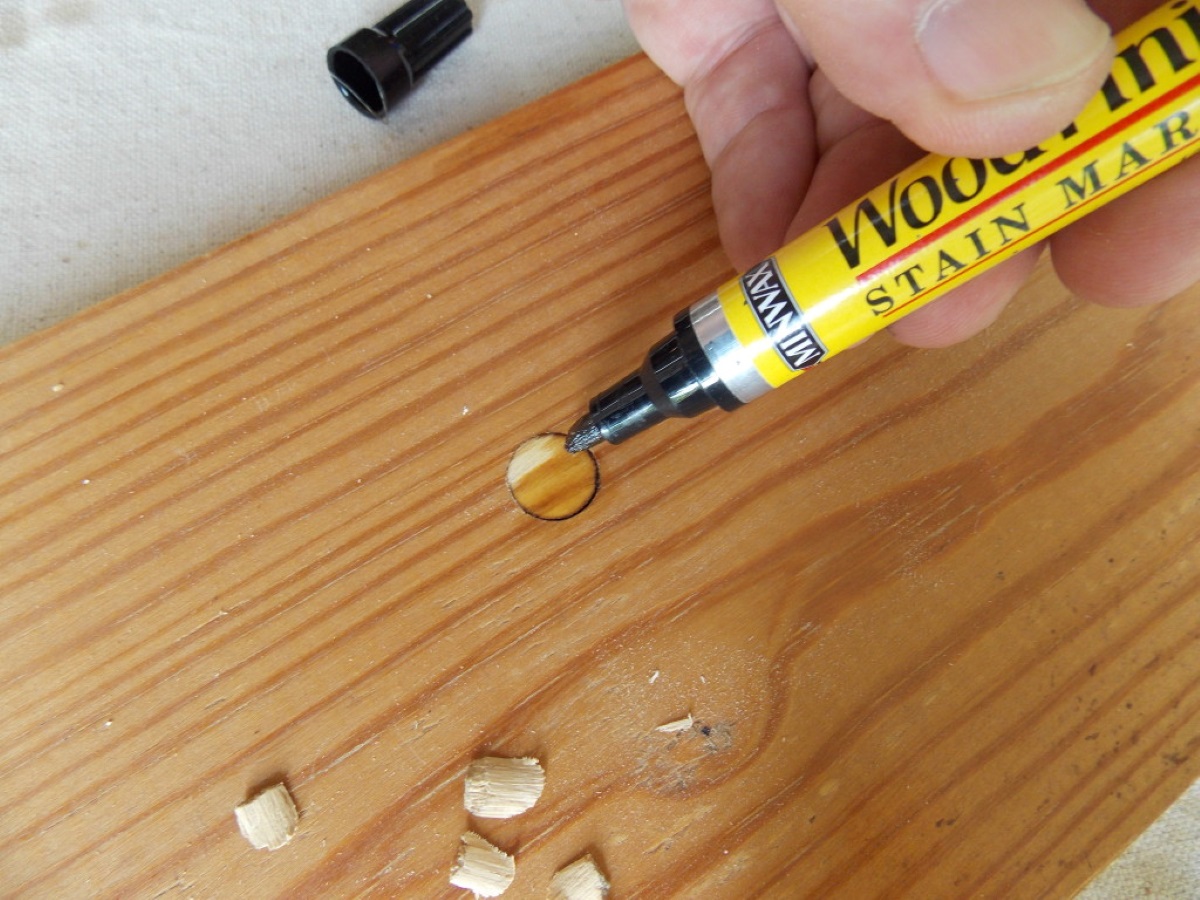

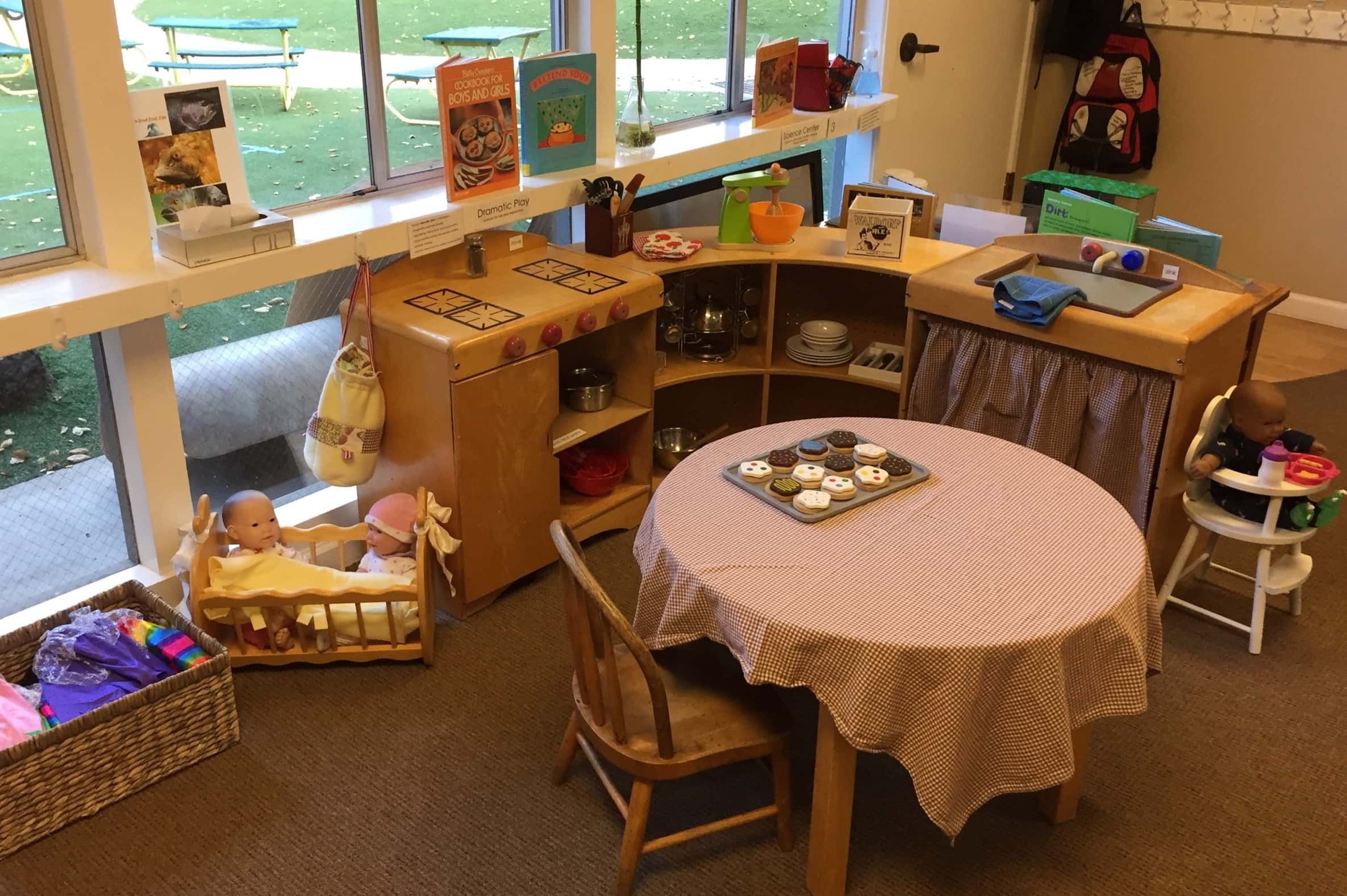
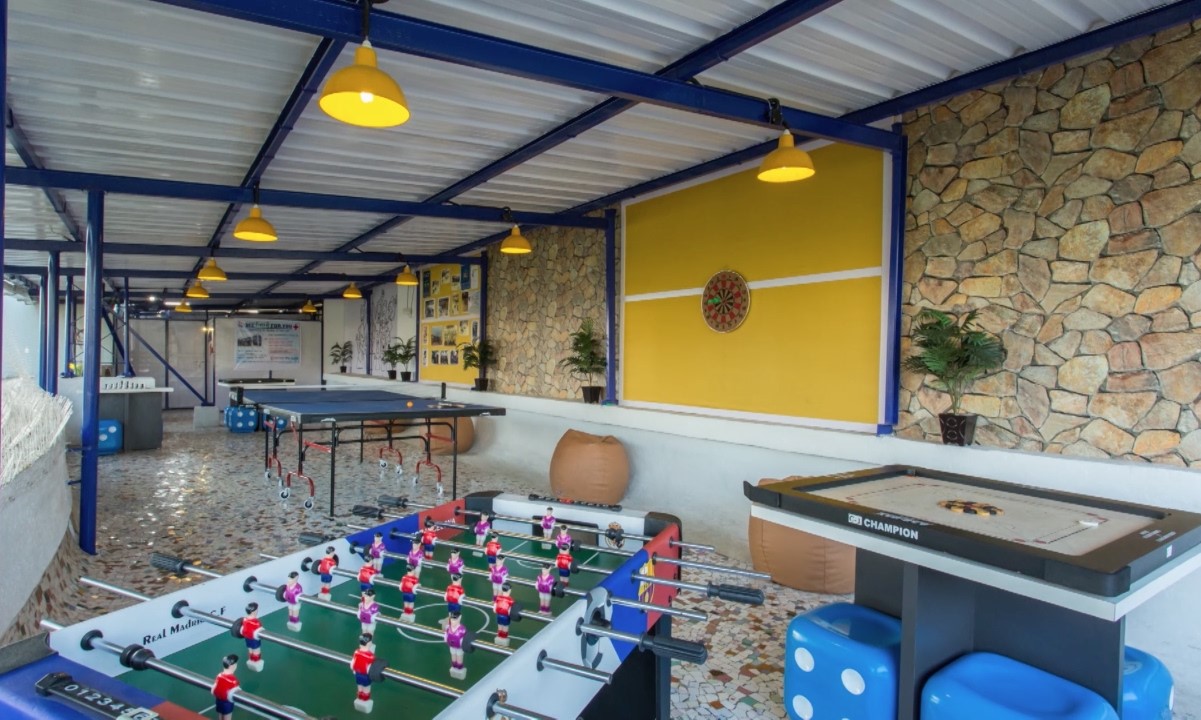

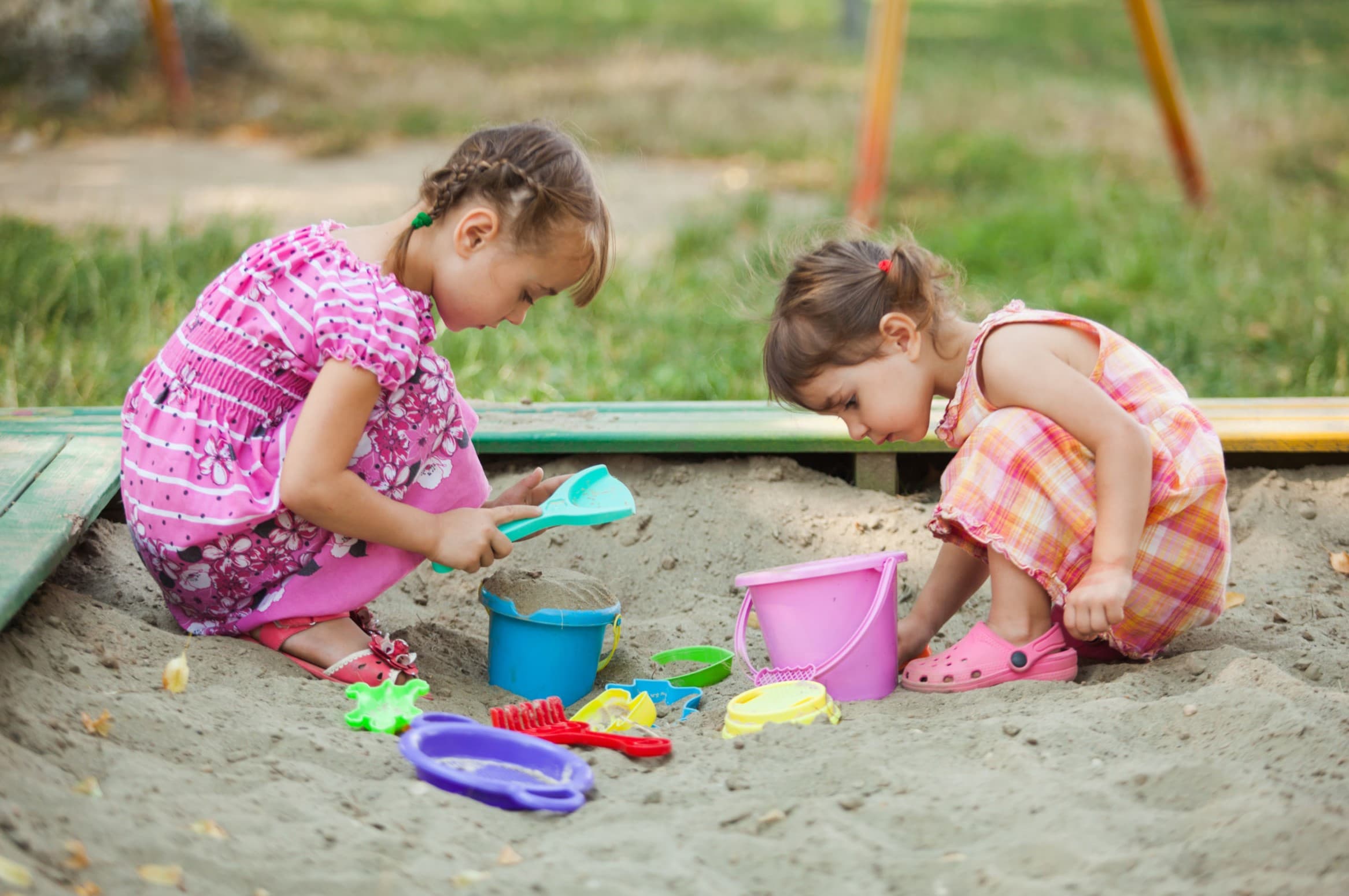
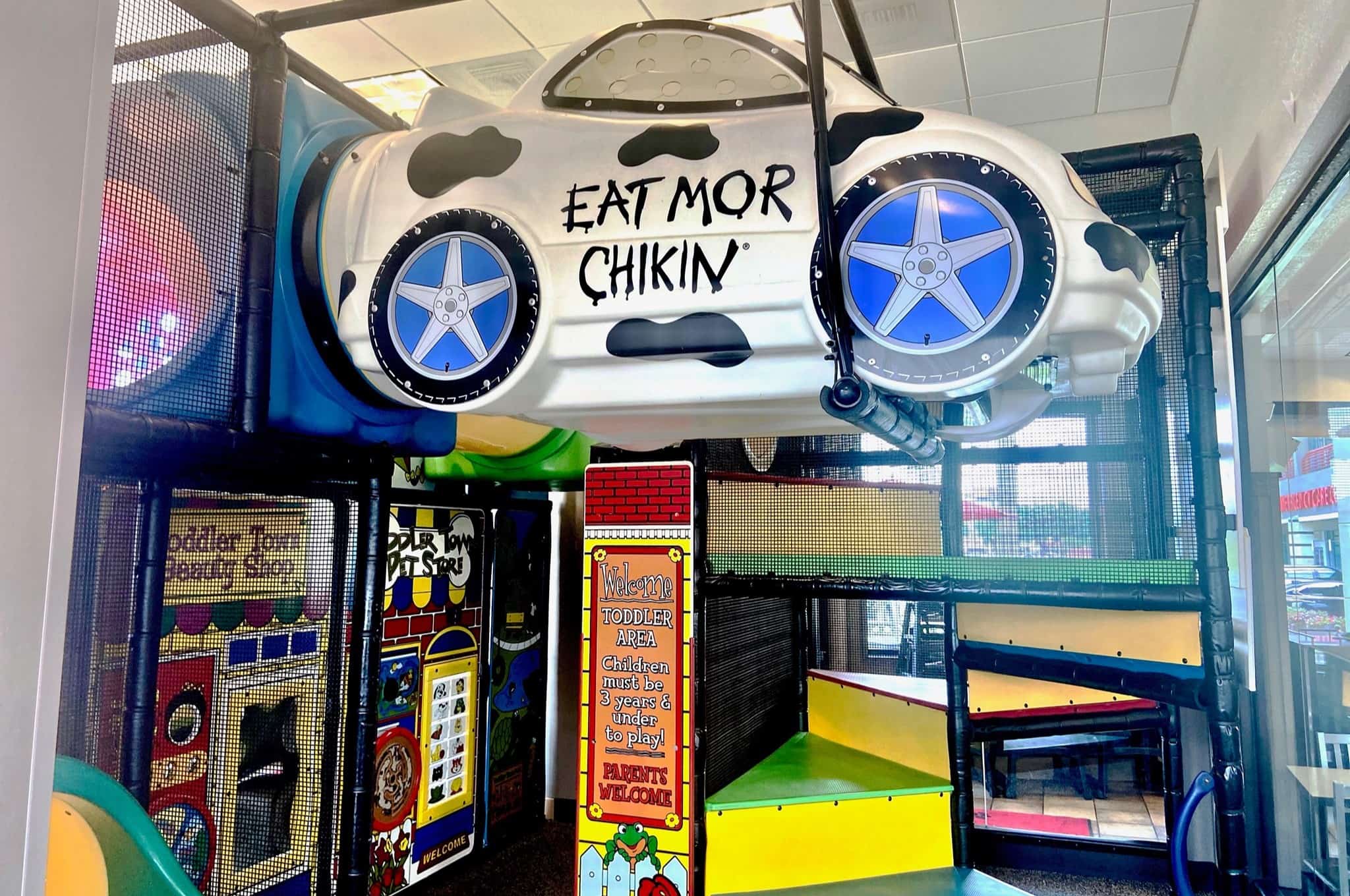
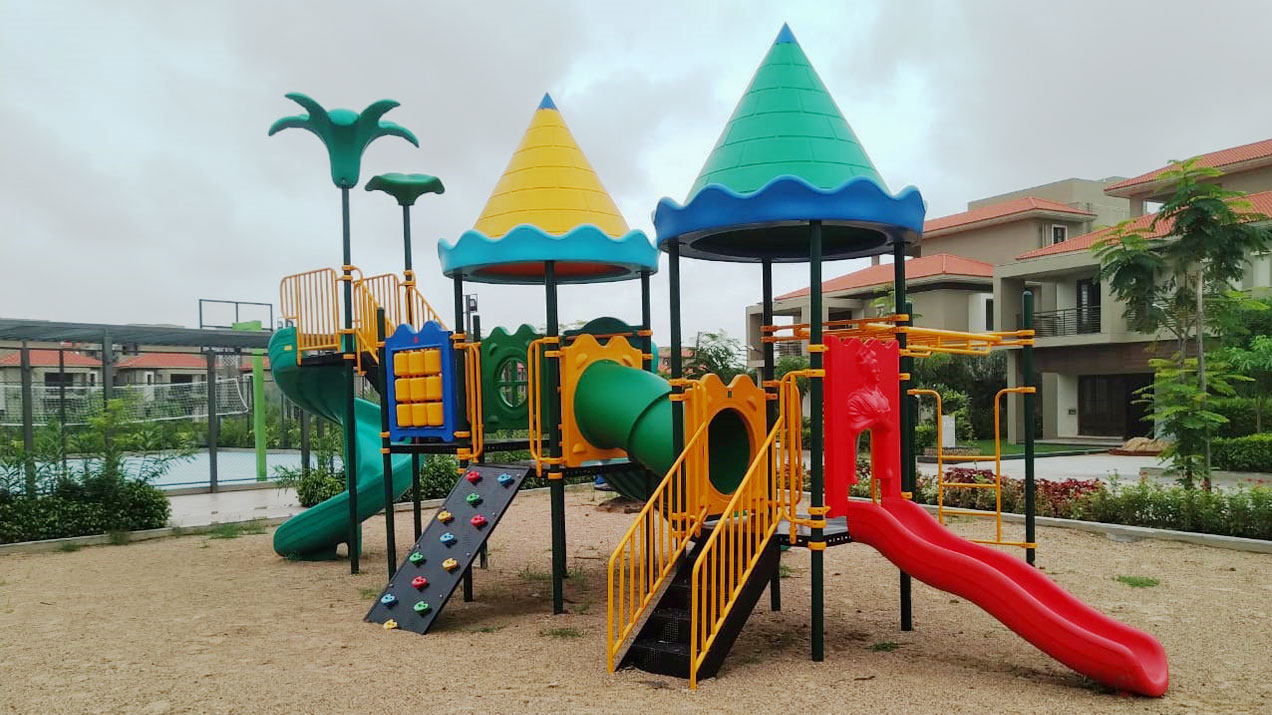
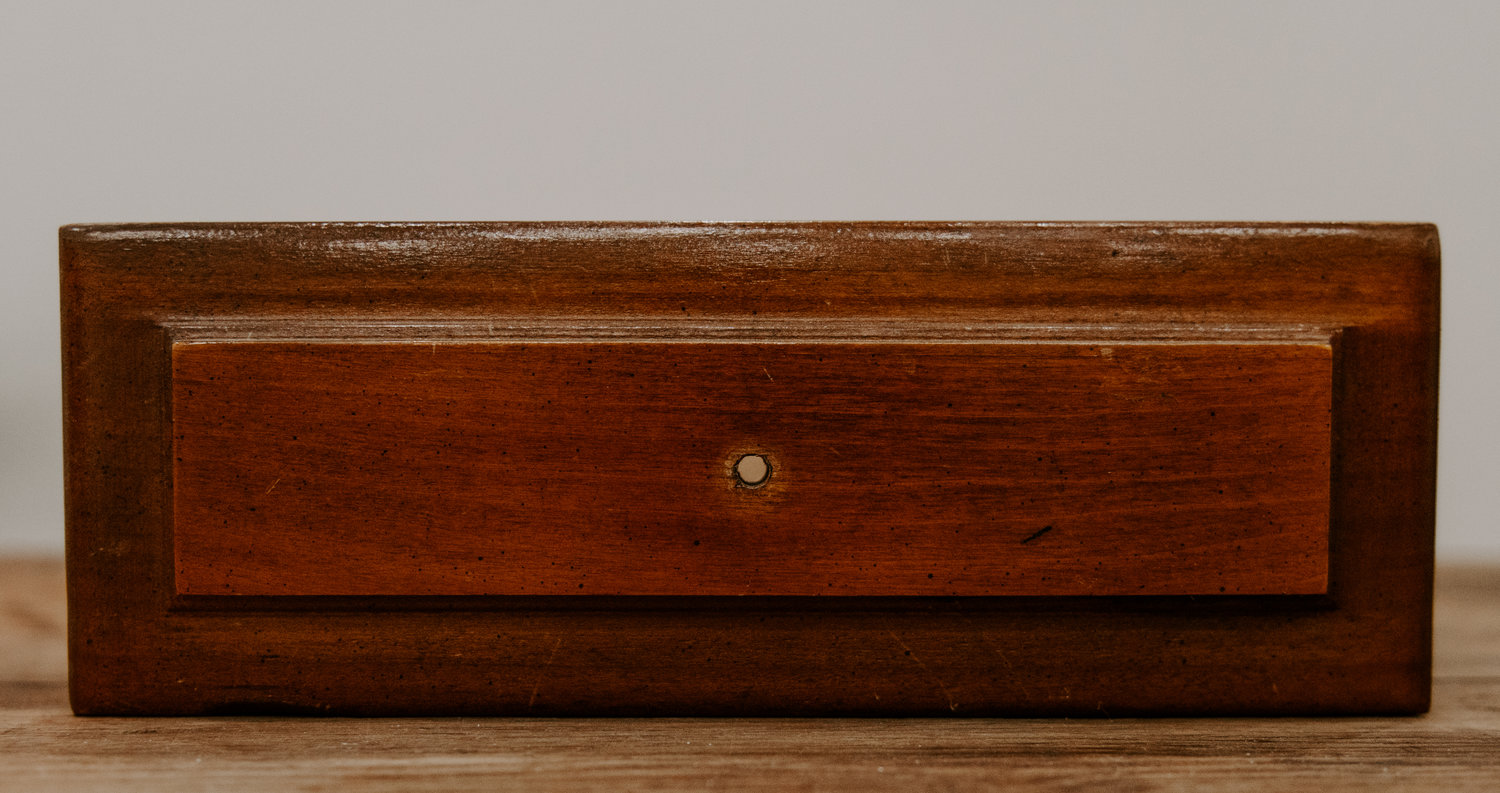

0 thoughts on “Holes In My Dog’s Play Area: What To Fill Them With”